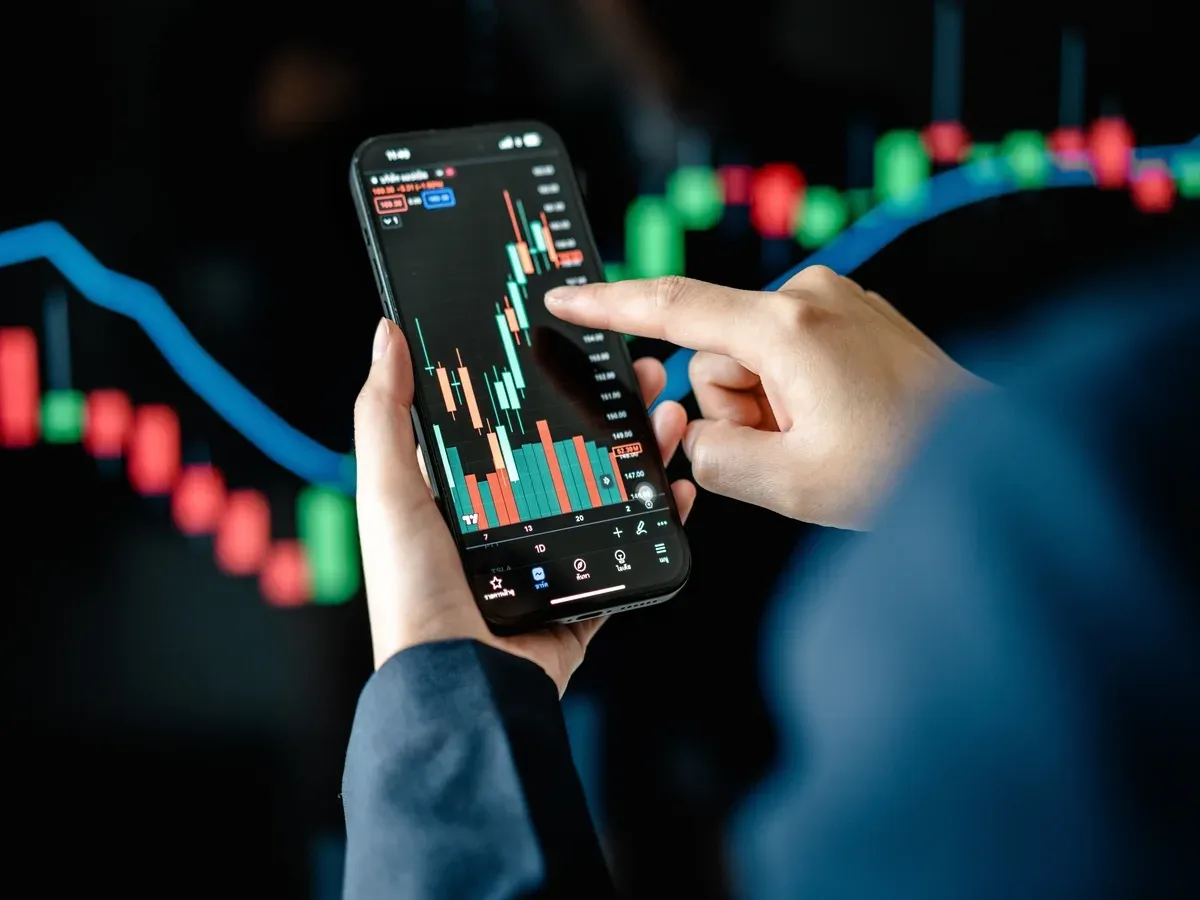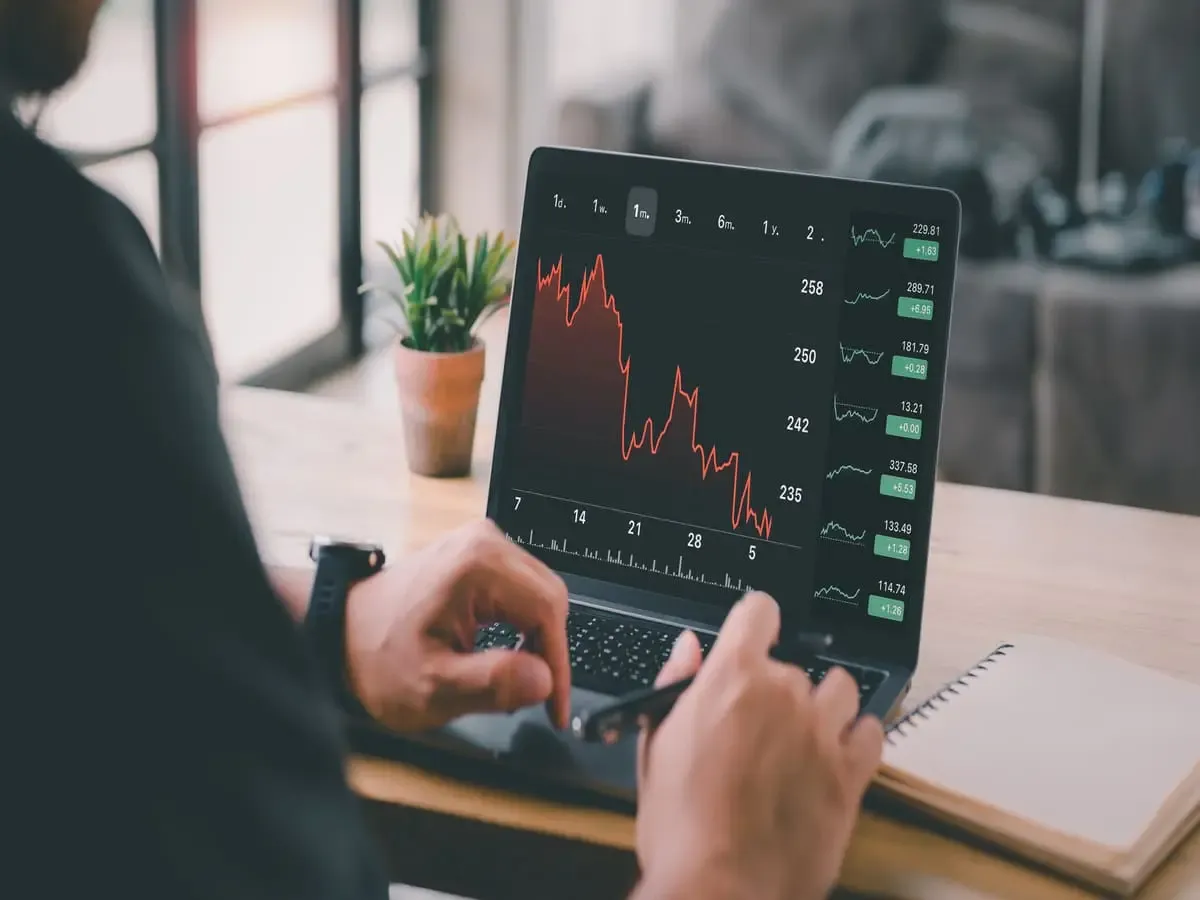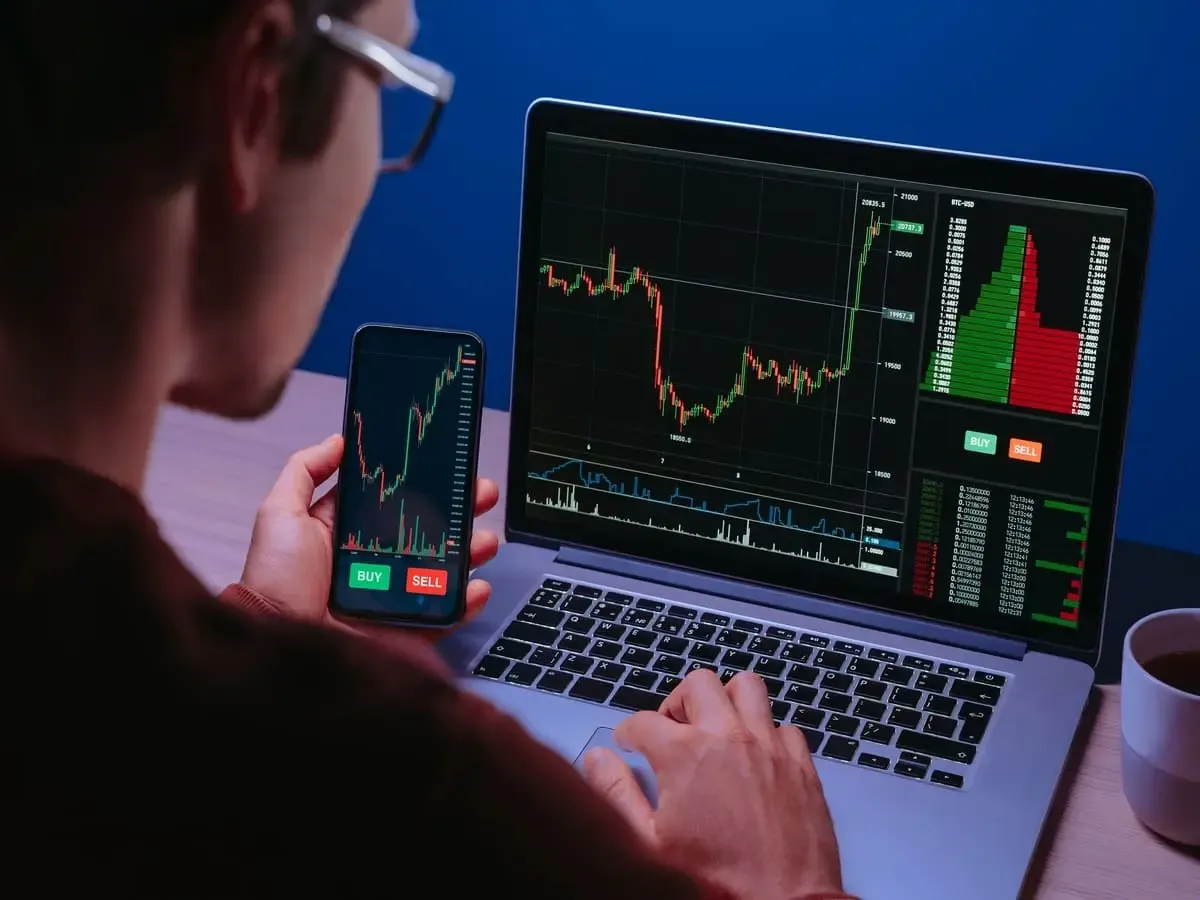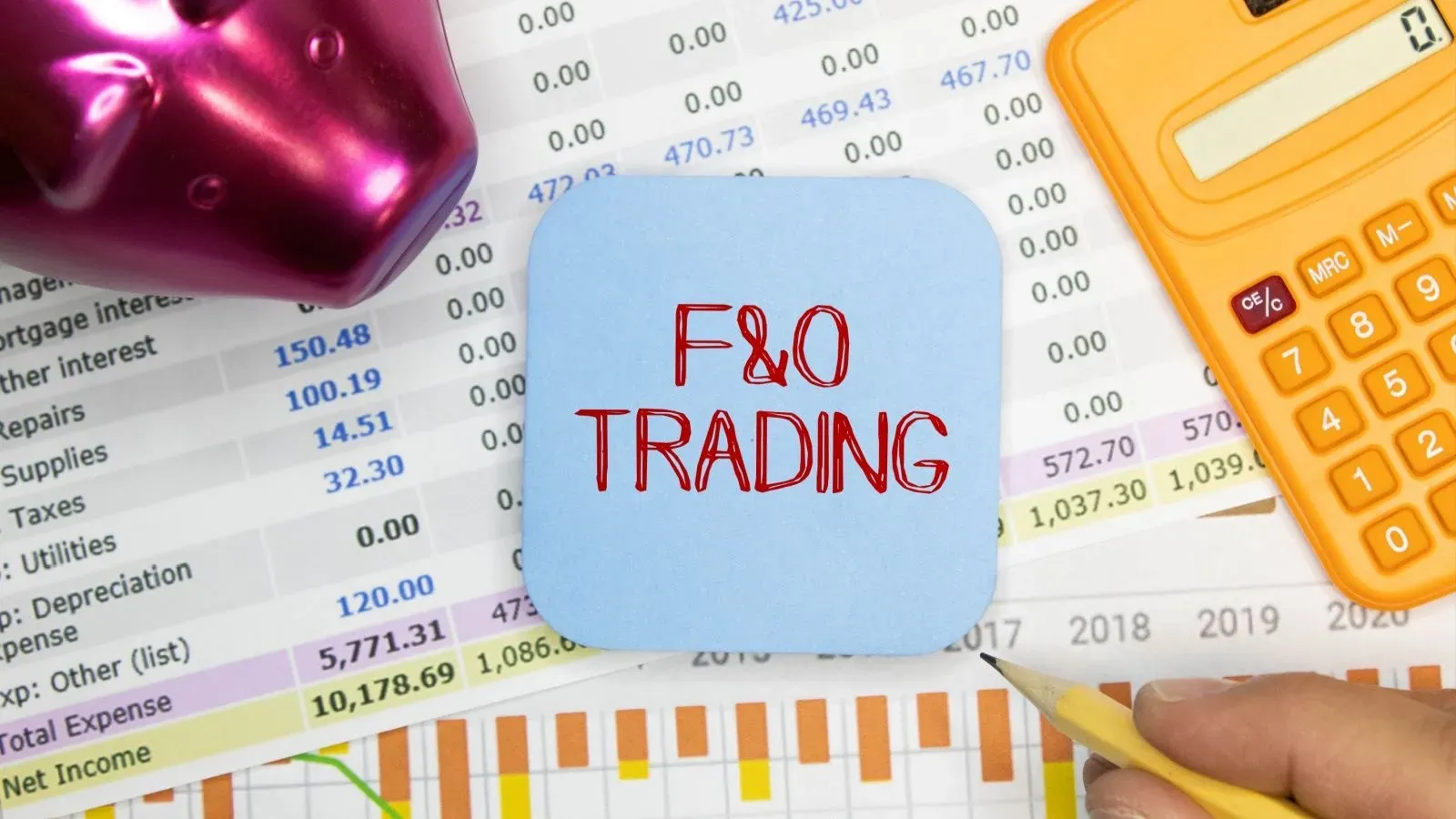What is Option Premium - How to Calculate, Meaning, Formula, Strategy, & Analysis
Written by Upstox Desk
Published on July 31, 2025 | 4 min read

An option is a financial derivative that enables the traders and investors alike to take advantage of leverage at minimal cost. The premium in the price at which the option is bought and sold. The holder of the option pays the premium in order to buy or sell the instrument that gives the holder the right to buy the underlying asset but not the obligation to do so. The seller or writer of the option receives the premium but this comes with an obligation to sell the underlying to the buyer if they choose to exercise their right.
Option premium is the price of a particular option for that strike price. And as prices are dynamic, the premium is subject to constant change with every transaction. Therefore, it is safe to assume that total demand and supply have a bearing on option premium as far as price discovery goes. However, there are other multiple vectors that affect option pricing.
How is option premium calculated
Option price is effectively made up of two different components; intrinsic value and extrinsic value.
Option price = intrinsic value + extrinsic value (aka time value)
Intrinsic value is calculated as the difference between spot price and strike price. All In-the-Money call and put options have positive intrinsic value i.e. they come with a theoretical build in value and therefore, it is considered as a tangible portion of option value. Like other assets such as stocks, commodities, etc. the intrinsic value of an option is not permanent, it changes with the price of the underlying. Intrinsic value can either be positive or zero but never a negative.
Extrinsic value is the intangible portion of option value, therefore slightly more complex to calculate. Number of factors affect extrinsic value and time is the most important factor. Therefore, extrinsic value is often referred to as time value. The option contracts have a fixed expiration date and so there is only limited time available for price to move in favor of buyers. The longer the time till expiry, more the chance of price aligning in favor of option holders and therefore more chance of profit.
The actual computation of option premium is a bit complicated as it employs a complex mathematical pricing model for calculating option premium. The most common and popular option pricing model used till date is called Black-Scholes option pricing model and it consists of following data points;
- Price of the option
- Price of underlying security
- Strike price
- Time to expiration
- Interest rate
- Implied volatility (IV)
Implied volatility is not directly observable i.e all the five data points are needed beforehand in order to calculate implied volatility (IV) by using Black-Scholes option pricing model. This essentially means implied volatility is back calculated using the mathematical formula.
Black-Scholes Option Price calculation model
The options price for a Call, computed as per the following Black Scholes formula:
C = S * N (d1) - X * e- rt * N (d2)
and the price for a Put; P = X * e- rt * N (-d2) - S * N (-d1)
All the above components are represented in option pricing equations as Greeks, which together constitute the intangible component of extrinsic value. The extrinsic value is derived from option Greeks, namely; Delta, Gamma, Vega, Theta and Rho. Option Greeks measure how sensitive the option price is to the change in the price of underlying, time to expiration, volatility and rate of interest.
Types of Greeks
| Greek | Meaning |
| Delta | Delta measures rate of change of option premium for 1 point change in price of underlying security |
| Gamma | Gamma measure rate of change of Delta for 1 point change in price of underlying security |
| Vega | Vega measures the change in option premium for 1% change in implied volatility |
| Theta | Theta measures decay in time value for 1 day change in time till expiry. |
| Rho | Rho measure change in option premium for 1% change in interest rate |
About Author
Upstox Desk
Upstox Desk
Team of expert writers dedicated to providing insightful and comprehensive coverage on stock markets, economic trends, commodities, business developments, and personal finance. With a passion for delivering valuable information, the team strives to keep readers informed about the latest trends and developments in the financial world.
Read more from UpstoxUpstox is a leading Indian financial services company that offers online trading and investment services in stocks, commodities, currencies, mutual funds, and more. Founded in 2009 and headquartered in Mumbai, Upstox is backed by prominent investors including Ratan Tata, Tiger Global, and Kalaari Capital. It operates under RKSV Securities and is registered with SEBI, NSE, BSE, and other regulatory bodies, ensuring secure and compliant trading experiences.





















